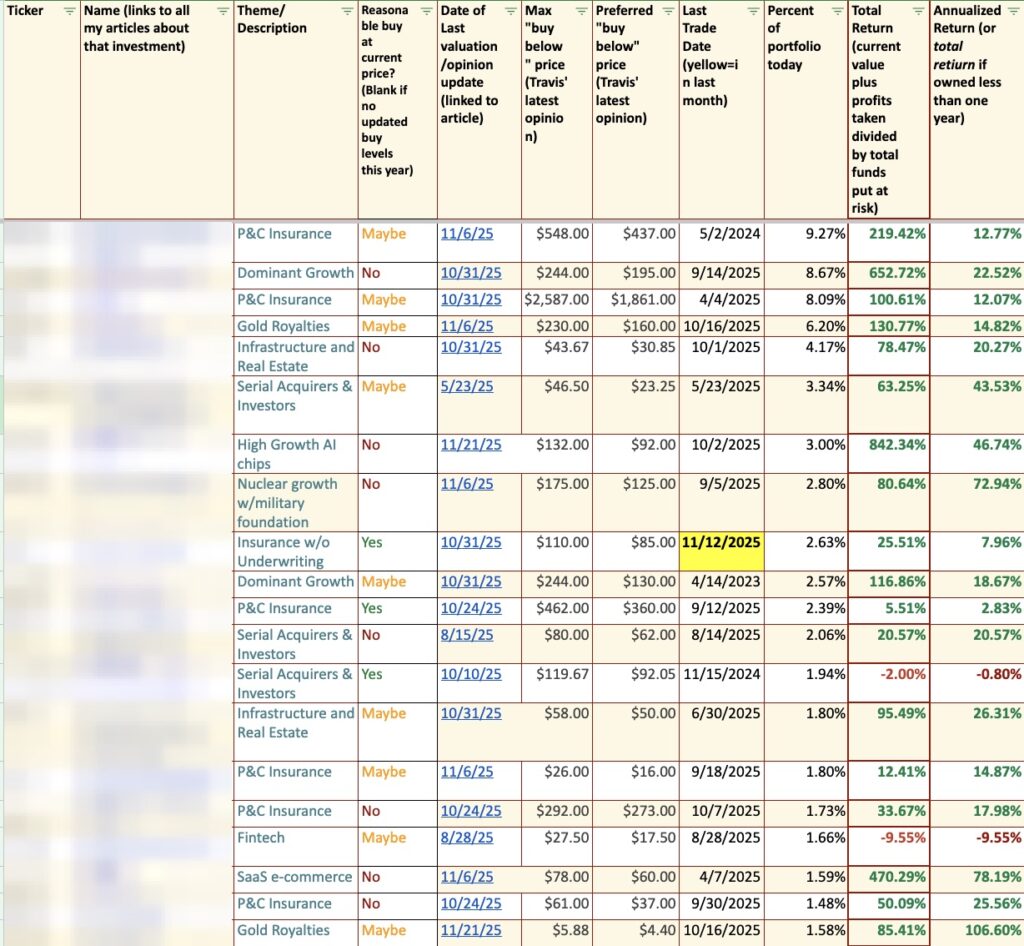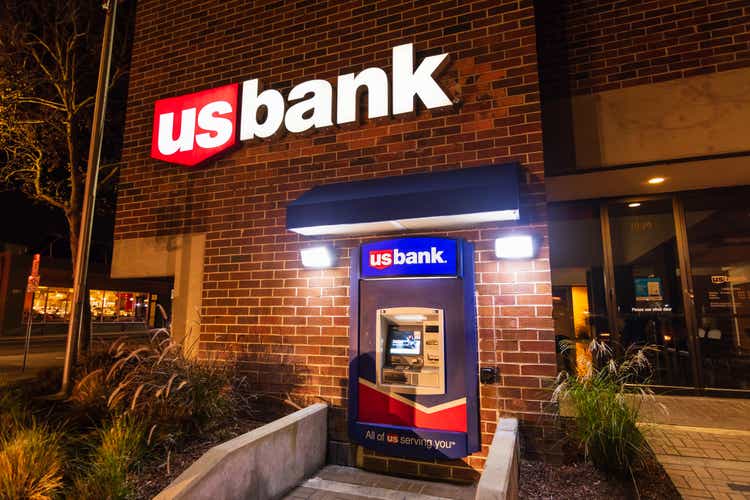jetcityimage
The Charles Schwab Corporation (NYSE:SCHW) will release its Q1 earnings report on April 17, as the market reacts to the Q1 releases by Wall Street’s leading banks today (April 14).
Accordingly, the positive earnings releases from Citigroup (C), JPMorgan (JPM), and Wells Fargo (WFC) are helping to mitigate the selling pressure in the S&P 500 (SPX) (SPY), with the SPX down nearly 0.8% at writing. As such, investors in Financials (XLF) likely expect the US economy to dodge a worse banking crisis, even though the odds of a recession have risen.
Despite that, while the G-SIB banks are leading the way today, regional banks were sold off. The S&P Regional Banking ETF (KRE) and the iShares US Regional Banks ETF (IAT) are down 1.8% and 1.2%, respectively (at writing).
SCHW investors also felt the heat as it’s down nearly 3% at writing but remained well above its mid-March lows of $45. As such, while the effort by SCHW buyers to help recover its momentum over the past month has stalled, sellers have been unable to compel a re-test of its March lows (bears will likely say not yet).
Hence, investors are urged to watch that level very carefully as it marks a level that could either see bulls give up decisively or return to defend against further selling pressure.
With that in mind, SCHW’s NTM adjusted P/E has dropped to 13.7x, well below its 10Y average of 21.9x. Despite that, it remains above its peers’ median of 12.1x (according to S&P Cap IQ data), indicating that SCHW is not cheap relative to peers.
However, Charles Schwab is a high-quality leading financial services company with a wide moat rating assigned by Morningstar. The company has certainly done itself no favors by investing aggressively in long-term debt securities resulting in significant unrealized losses. However, it’s not in danger of being compelled to realize those losses and still has ample access to liquidity.
As such, we believe the focus of market operators is likely on SCHW’s ability to recover its earnings growth trajectory, which could see it regain its premium valuation.
Wall Street estimates have already been revised, suggesting the company could report negative YoY quarterly adjusted EPS growth through December 2023.
As such, we believe analysts are not ignorant of the twin risks of higher funding costs and lower earnings potential as its customers move their funds from lower-yielding sweep accounts to higher-yielding money market funds and fixed-income securities.
Therefore, we believe the uncertainty and volatility in SCHW’s price action and valuation de-rating is justified. Market operators must reflect and assess whether it’s reasonable to expect Charles Schwab to have an “abnormally” bad year in 2023 before a recovery in FY24.
The consensus estimates project that SCHW could see a 23.4% YoY growth in adjusted EPS in 2024, implying an FY24 normalized P/E of 10.9x. Accordingly, we assessed that SCHW seems significantly undervalued relative to its FY24 earnings potential, but the market remains unimpressed.
We believe the market’s positioning suggests that market operators think analysts are too optimistic. Therefore, investors should expect a downward revision in SCHW’s forward estimates to reflect a more realistic assessment of the company’s earnings potential over the next two years.
We project a fair valuation of about 16x NTM earnings as appropriate, as it’s still well below the one standard deviation zone under its 10Y average of 17.6x.
As such, it represents a fair value of about $60, below Trefis’ sum-of-the-parts or SOTP valuation of $72. The company’s interest on loans/deposits/securities accounts for more than 60% of its fair value.
Therefore, we believe it’s consistent with the company’s ability to mobilize its “massive scale and industry-leading cost efficiency,” bolstering its wide moat. Furthermore, the Seeking Alpha Quant rating indicates A for growth and B- for profitability, highlighting the underlying strength of SCHW’s business model.
Moreover, the revised estimates of 23% in ROE for FY23 are still well above SCHW’s estimated cost of equity of about 10%. As such, we assessed that Charles Schwab remains well primed to tackle the current funding cost challenges, which could be temporary until the Fed starts cutting its rates.
With an implied upside of nearly 19%, we assessed that SCHW is still within the buy zone with a considerable margin of safety for a high-quality, highly profitable wide moat stock.
Rating: Buy (Reiterated).
Important note: Investors are reminded to do their own due diligence and not rely on the information provided as financial advice. The rating is also not intended to time a specific entry/exit at the point of writing unless otherwise specified.
We Want To Hear From You
Have additional commentary to improve our thesis? Spotted a critical gap in our thesis? Saw something important that we didn’t? Agree or disagree? Comment below and let us know why, and help everyone to learn better!
















